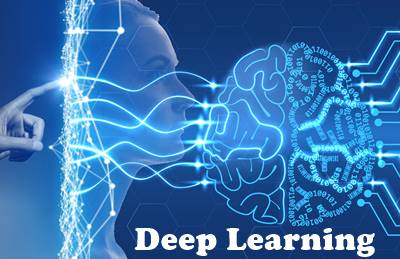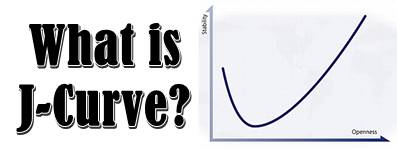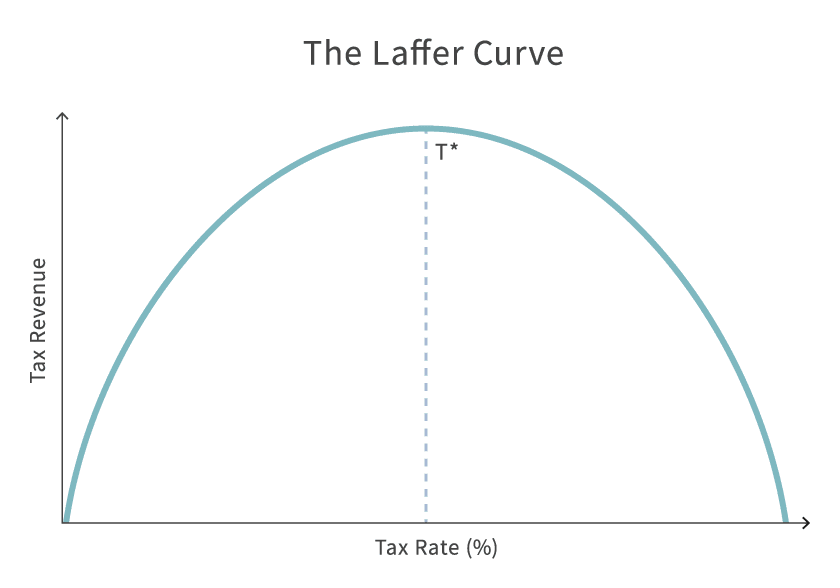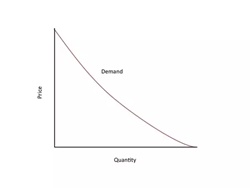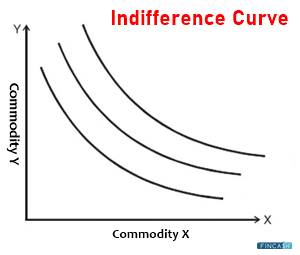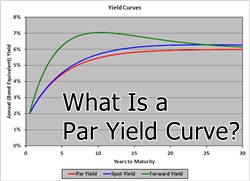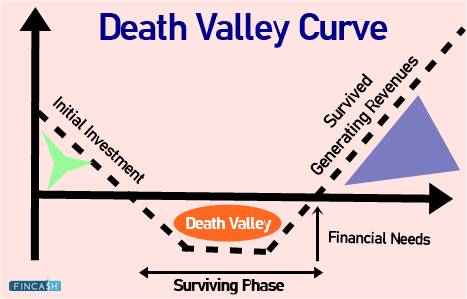
Table of Contents
Learning Curve
What is the Learning Curve?
A learning curve shows the relationship between cost and output over a period of time graphically. It is also called as the productivity curve, experience curve, Efficiency curve or the cost curve. The learning curve is known by many such names because its function is to provide measurement and insight into the productivity, cost, experience, efficiency of the company. It helps represent the repetitive tasks of an employee. The idea behind this curve is the fact that any employee takes time to learn and understand how to carry out a specific task or duty. The time required to produce the required output is high. The more an employee repeats a task, the lesser time will be needed for the output.

This is the reason why the learning curve, in the graph, is a downward sloping curve in the beginning with a Flat slope toward the end. The cost per unit is shown on the Y-Axis and total output on the X-axis. As the learning increases, the cost per unit of output decreases initially before flattening out. This is because it becomes harder to increase the efficiencies that are gained through learning.
The learning curve was coined by the famous psychologist Hermann Ebbinghaus in 1885. It is now used as a tool to measure product efficiency and also forecast costs.
Benefits of Learning Curve
Businesses can use the learning curve for planning production, forecasting cost and scheduling logistics. Firms or companies know how much an employee earns per hour. This can help them understand the output a single unit is producing bases on the number of hours required. A successful employee should decrease the company’s cost per unit of output over time.
Talk to our investment specialist
The learning curve’s slope shows the rate at which learning brings cost saving to a company. The steeper the slope of the learning curve, the higher the cost-saving per unit of output. The usual learning curve is known as the 80% learning curve. It represents the fact that for every doubling within the company’s output, the cost of the new output is 80% of the previous output.
All efforts have been made to ensure the information provided here is accurate. However, no guarantees are made regarding correctness of data. Please verify with scheme information document before making any investment.
